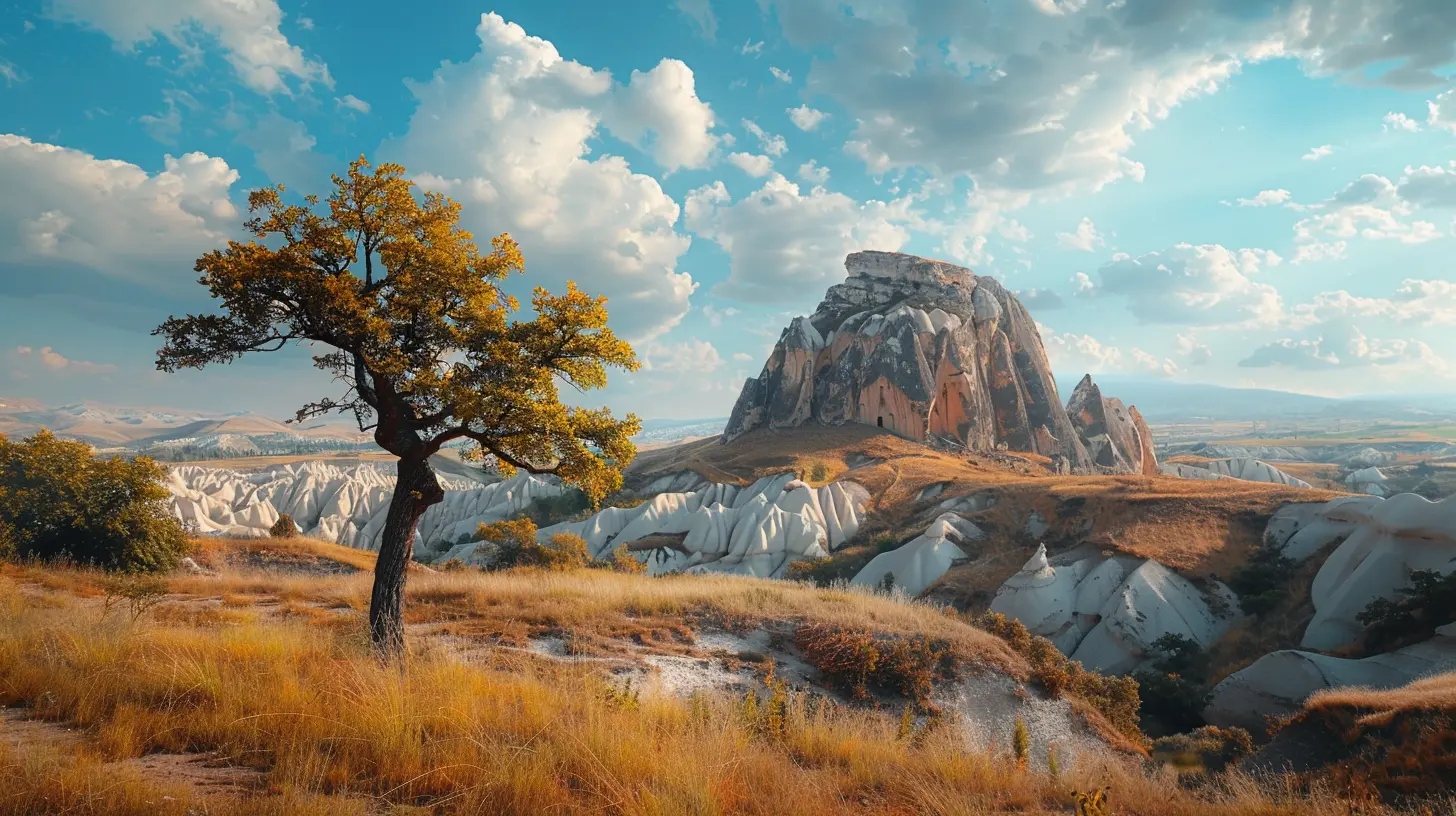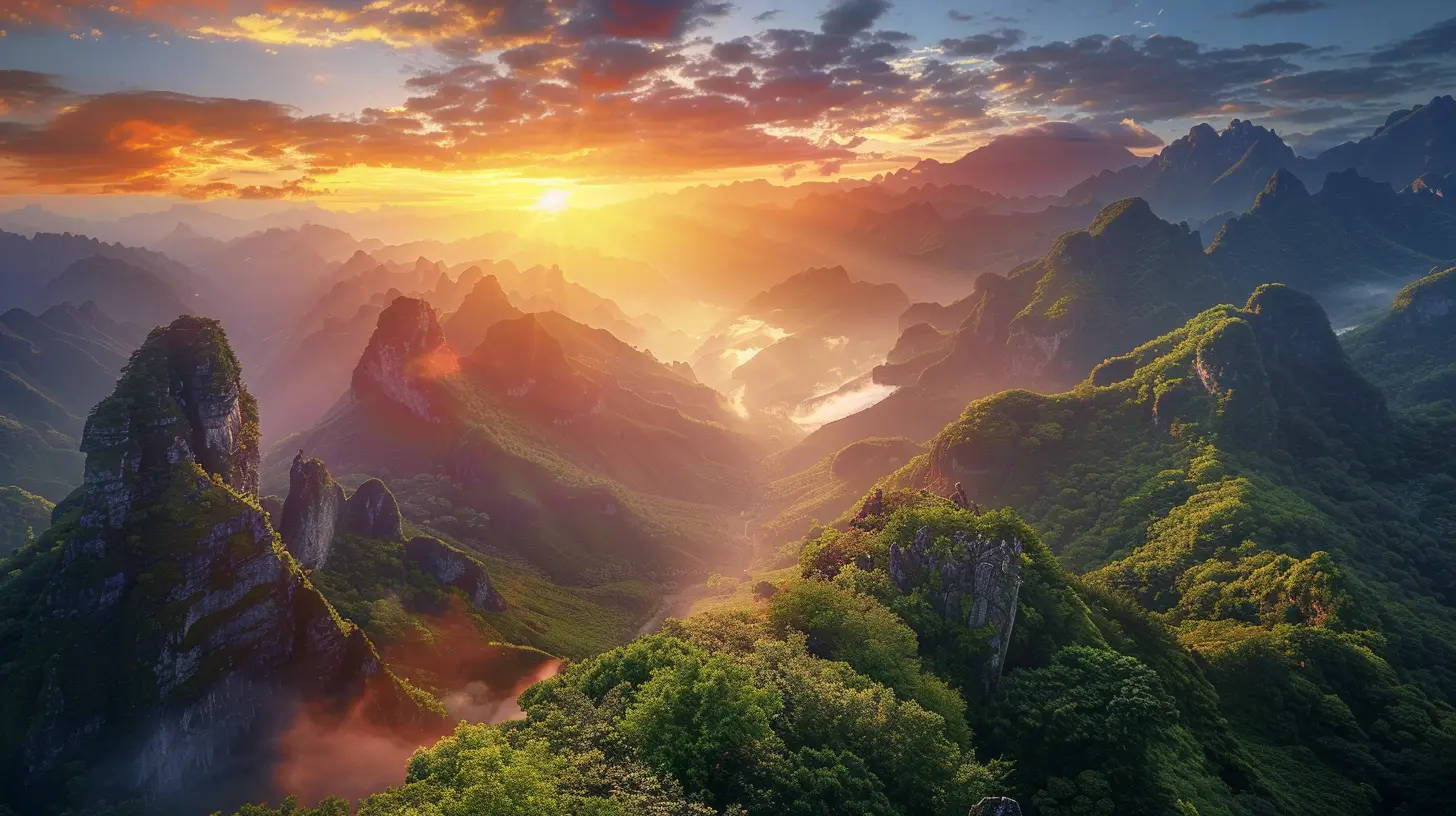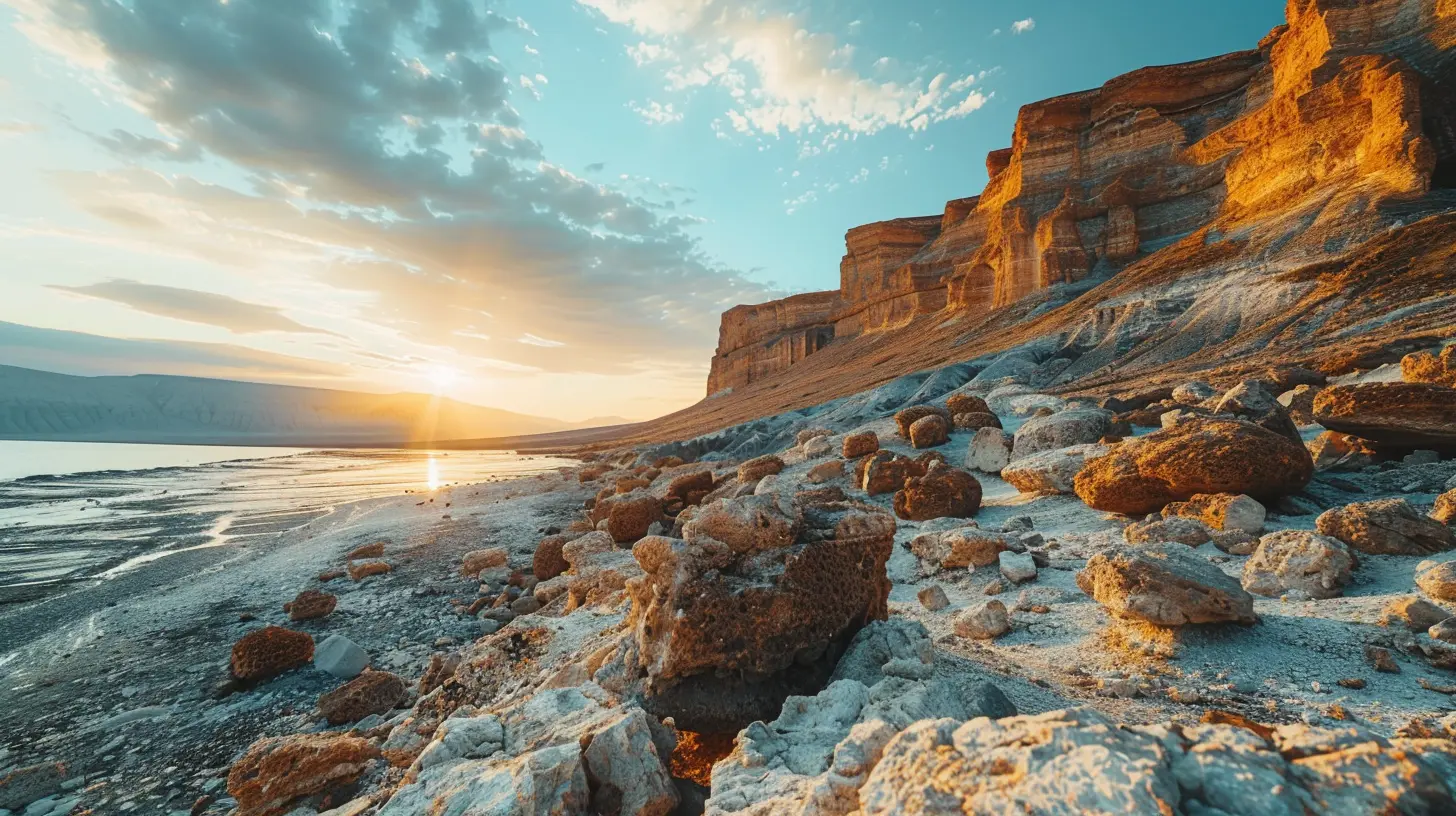15 April 2025
Have you ever wandered through an ancient forest and felt the whispers of the past echoing through the trees? Or stood on a mountain ridge, knowing that civilizations long before ours once looked out over the same breathtaking view? Some places seamlessly blend both history and nature, creating landscapes that tell stories of time itself. These incredible sites, recognized as UNESCO World Heritage landscapes, capture both the beauty of the natural world and the deep roots of human history.
Let’s embark on a journey through some of the most awe-inspiring World Heritage landscapes, where nature and history intertwine in the most fascinating ways.

The Magic of World Heritage Landscapes
World Heritage landscapes are special because they’re not just about nature or history; they’re about both. These sites are carefully chosen by UNESCO for their outstanding universal value, meaning they hold a unique importance for all of humanity. Some of these landscapes boast breathtaking natural features, while others are shaped by cultures that have thrived there for centuries. What ties them together is their ability to inspire awe and admiration.So, what makes these places stand out? Well, it’s their ability to transport you through time while surrounding you with stunning natural beauty. Let’s look at some of the most mesmerizing locations where history meets the wild.

Machu Picchu, Peru: The Lost City in the Clouds
Perched high in the Andes, Machu Picchu is one of the most famous UNESCO World Heritage Sites. What makes it truly magical is not just the ancient Incan ruins but their dramatic setting—the lush green mountains, steep cliffs, and swirling mists that give it an almost mythical aura.Built in the 15th century and later abandoned, Machu Picchu remained hidden for centuries until its rediscovery in the early 20th century. Walking through its stone pathways, you can almost hear the footsteps of the Incas who once called this place home. The surrounding cloud forests add to the sense of mystery, making it feel like nature itself is protecting the city’s secrets.
Why It’s Special
- A perfect blend of human engineering and natural beauty- Surrounded by the Andean cloud forest, home to diverse wildlife
- Offers breathtaking panoramic views that make it feel otherworldly

Yosemite National Park, USA: Nature’s Masterpiece
Yosemite is a wonderland of towering granite cliffs, cascading waterfalls, and ancient sequoia trees. But beyond its raw natural beauty, this landscape holds deep historical significance. Indigenous tribes lived in Yosemite for thousands of years, leaving behind a cultural footprint that still lingers today.John Muir, one of the earliest conservationists, played a crucial role in protecting Yosemite, leading to the creation of the U.S. National Park System. As you hike through its valleys, gaze at El Capitan, or stand beneath the towering Yosemite Falls, you’re not just witnessing nature’s grandeur—you’re also stepping into a chapter of conservation history.
Why It’s Special
- A sanctuary for wildlife, from black bears to peregrine falcons- Home to some of the oldest trees on Earth—the majestic giant sequoias
- A place that sparked the modern environmental movement

Bagan, Myanmar: A Sea of Ancient Temples
Imagine standing at sunrise, watching the golden light slowly reveal thousands of ancient temples scattered across a vast landscape. This is Bagan, a mesmerizing historical and natural wonder. Between the 9th and 13th centuries, Burmese rulers built over 10,000 temples, pagodas, and monasteries here, many of which still stand today.What makes Bagan even more enchanting is its setting. Surrounded by the Irrawaddy River and framed by rolling hills, this ancient city harmonizes perfectly with its environment. As you float above the landscape in a hot air balloon, it’s hard not to feel like you’ve traveled back in time.
Why It’s Special
- Over 2,000 ancient structures still remain, creating an unforgettable skyline- Rich in Buddhist history and spiritual significance
- The landscape changes dramatically with the seasons, from lush green to golden brown
Plitvice Lakes National Park, Croatia: Waterfalls of Dreams
Nature has a way of being its own artist, and nowhere is this more evident than in Plitvice Lakes National Park. This Croatian gem features a series of cascading lakes and waterfalls, connected by wooden walkways that let visitors wander over crystal-clear waters. But beyond its stunning scenery, Plitvice also has a rich history.Dating back centuries, the park has been a refuge for various cultures and civilizations. It has seen Roman conquests, medieval kingdoms, and modern history unfold within its lush forests. Today, it remains a protected wonderland, inviting visitors to lose themselves in its natural splendor.
Why It’s Special
- Features 16 interconnected lakes, constantly changing colors- A haven for wildlife, including bears, wolves, and rare birds
- Listed as a UNESCO World Heritage Site for both its natural and cultural significance
Mount Athos, Greece: A Spiritual Retreat in Nature
Few places on Earth blend spirituality, history, and nature as seamlessly as Mount Athos. This sacred mountain, home to Orthodox Christian monasteries for over 1,000 years, sits on a rugged peninsula in northern Greece. What makes it unique is its strict regulations—only men are allowed to enter, preserving centuries-old traditions and untouched wilderness.The forests, cliffs, and coastline surrounding the monasteries create an almost mystical atmosphere. It feels like stepping into a time capsule where nature and devotion exist in perfect harmony. Even from afar, the sight of Mount Athos rising above the Aegean Sea is enough to leave anyone in awe.
Why It’s Special
- A living religious community preserved for over a millennium- Surrounded by untouched forests and dramatic sea cliffs
- A UNESCO site that represents both cultural and natural heritage
The Connection Between Nature and History
What makes these landscapes so special is the undeniable bond between nature and history. These places have witnessed the rise and fall of civilizations, housed ancient cultures, and provided inspiration for countless generations. They remind us of our shared past and the importance of preserving these wonders for future explorers.Some of these sites have been shaped by human hands, while others have remained untouched for centuries. But they all share one thing in common—an ability to make us feel small in the grand story of time, yet deeply connected to it at the same time.
Protecting World Heritage Landscapes
Unfortunately, many of these incredible places face threats from climate change, tourism pressure, and environmental destruction. That’s why conservation efforts are crucial. When you visit these places, traveling responsibly helps ensure they remain just as breathtaking for future generations.Some simple ways to do your part:
- Follow local guidelines and respect preservation efforts
- Avoid littering or disturbing the natural environment
- Support sustainable tourism practices
Visiting a World Heritage landscape isn’t just about snapping pictures—it’s about understanding the significance of these places and the responsibility that comes with experiencing them.
Wrapping Up
When nature and history come together, the result is pure magic. From the misty peaks of Machu Picchu to the temple-dotted plains of Bagan, and the cascading waterfalls of Plitvice, these landscapes remind us just how intertwined our world truly is.So, next time you’re planning a trip, why not choose a destination that tells a story? Whether it’s the ancient ruins hidden within mountains or the forests that have stood the test of time, these places offer more than just scenic views—they offer a journey through history itself.


